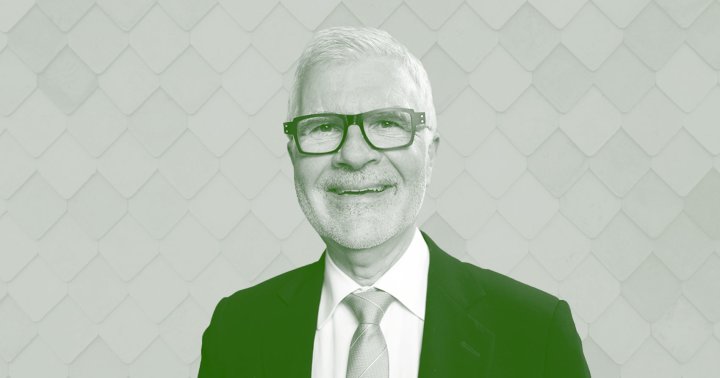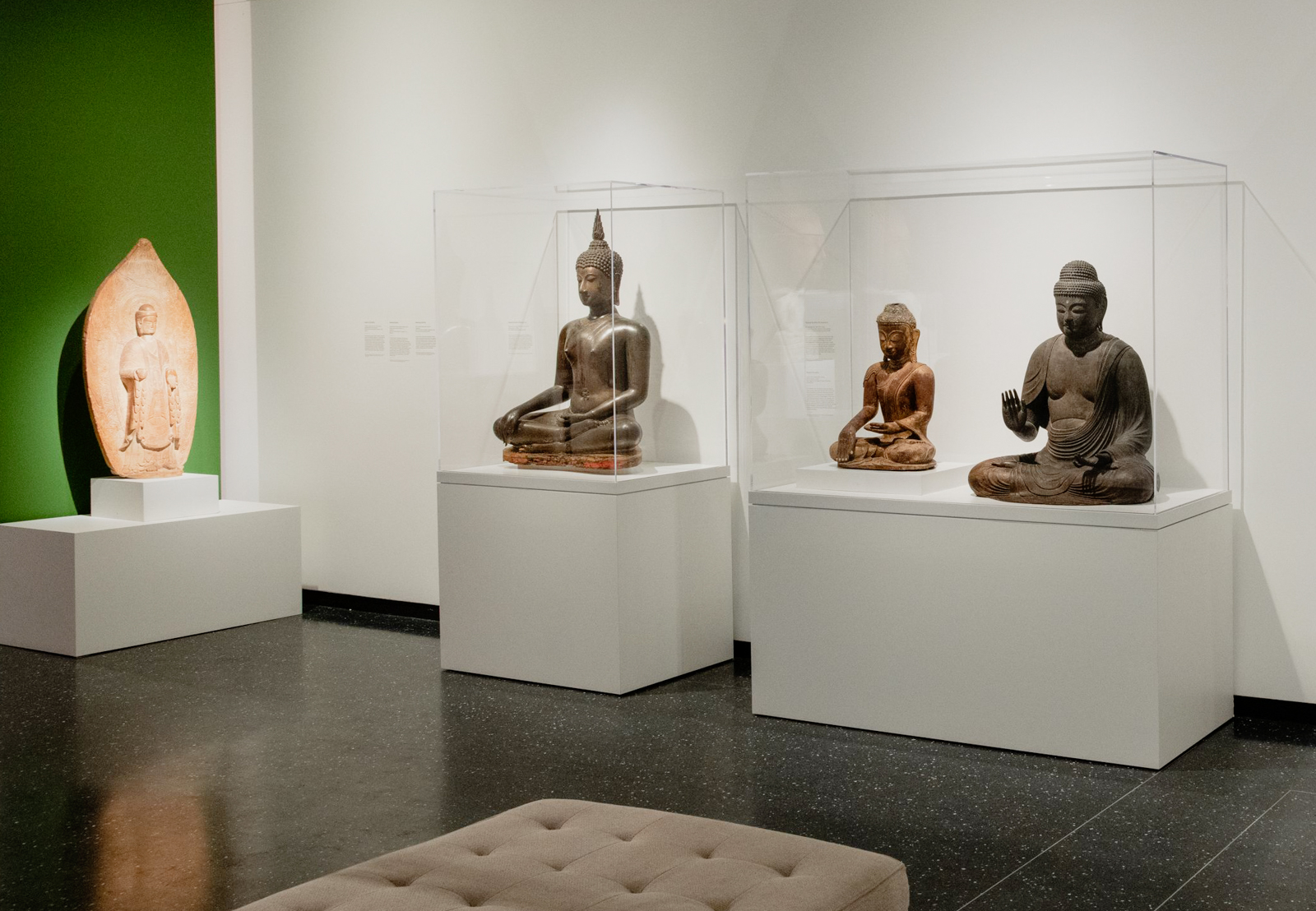Buddhanature Beyond Mere Concept
By letting go of the goal to realize buddhanature, says Paul Condon, we can embody it more freely. The post Buddhanature Beyond Mere Concept appeared first on Lions Roar.

by Paul Condon| October 22, 2023
By letting go of the goal to realize buddhanature, says Paul Condon, we can embody it more freely.

Photo by Lucas Ludwig
Buddhist traditions express our potential for awakening in diverse ways: natural luminous mind; suchness; nondual awareness; basic goodness; dharma-kaya; the unity of emptiness, self-existing wakefulness; unconfined capacity; and so forth, all under the rubric of “buddhanature” (tathagata-garbha). Mahayana Buddhists understand this dimension of our mind to be an innate source of joy, compassion, courage, and wisdom. It is always operative and always available.
Buddhanature can be a difficult concept to understand. Any attempt to engage “awakening” through conceptual understanding cannot fully capture the nonconceptual essence of our awareness. As a Buddhist practitioner and experimental psychologist, I have found that perspectives from cognitive science can help us relate to diverse expressions of buddha-nature and inform our dharma practice.
Innovations in cognitive science suggest that the mind organizes information centered around goals. The category vehicle, for example, includes a variety of objects that fulfill a similar goal. For an adult, a car is a better example of a vehicle than a horse or a pogo stick because it more efficiently achieves the goal of transportation. A child might think of the same objects as toys, with the goal of maximally achieving play or for a game. In such a case, a pogo stick is a better example of the category toy than a car. The goal is the lynchpin that holds conceptual experience together. Over time, such conceptualizations are repeated, yielding a self that automatically employs concepts that are associated with its familiar goals.
Conceptualizing the objects as vehicles is functional in that it supports appropriate action in the world: interacting with an object for transportation. At the same time, conceptualization reduces an object to one way of seeing—the object as just a vehicle that impedes alternative ways of seeing the object, for example, as a toy. This happens when we interact with other people too—conceptualization reduces others to an impression according to our goals, for example, when trying to get something out of another person or to accomplish a task. By noticing and relaxing goals, the mind can release its narrow fixation on a particular way of seeing the world, which opens up capacities for creativity, flexibility, and to sense others in their buddhanature, beyond our familiar conceptual formations of self and other.
The emphasis on goals in cognitive science is of special interest to a meditator’s efforts to realize buddhanature. The letting go of goals is a crucial step in nondual contemplative traditions. Dzogchen and Mahamudra texts express the nondual state in ways designed to help evoke it or confirm the experience of it with expressions like “self-cognizant, cognizance recognizing its empty nature,” “unity of space and awareness,” “like a crystal,” “like the sky,” etc. Practice instructions make use of phrases such as “not doing,” “not trying to cultivate anything,” “letting everything be,” and “not meditating” to help practitioners release the conceptual processing that maintains a subject–object structure. Zen traditions similarly emphasize the “beginner’s mind” and “don’t know mind” to encourage a release of the conceptual activity that constantly seeks to carve up experience and engage with the world. As the subject–object structure releases, various aspects of conceptualization are understood to dissipate, including projection of a self into the future and past, reification of thoughts as objective reality, and effortful construction of experience. This release allows qualities of our basic goodness—such as warmth, care, joy, and simplicity—to manifest more fully even as we navigate challenging circumstances.
Throughout Buddhist traditions, rituals and prayers establish a deep experience of safety and security that empowers us to let go of our fixation on conceptual activity and settle into the underlying awareness that precedes conceptual effort, to be released from our ordinary frameworks and defenses, and to let things be. Then, from within the ground of awareness, we can let everything be processed by the simplicity of spacious awareness. This can provide an experience of the qualities of buddhanature that precedes our cognitive effort to grasp them through various concepts.
There is some irony embedded in releasing goals. By relaxing more deeply into buddhanature and letting-be of goals, we can, ironically, experience a greater expression of compassion that can take different forms depending on the situation and need. From that ground of awareness, we can take up activities and goals again, but now in a way that is infused with the qualities of practice. Then our ability to embody buddhanature can emerge in a more unimpeded, inclusive way, providing more inner freedom to generate beneficial activity in the world.

 Tfoso
Tfoso 































